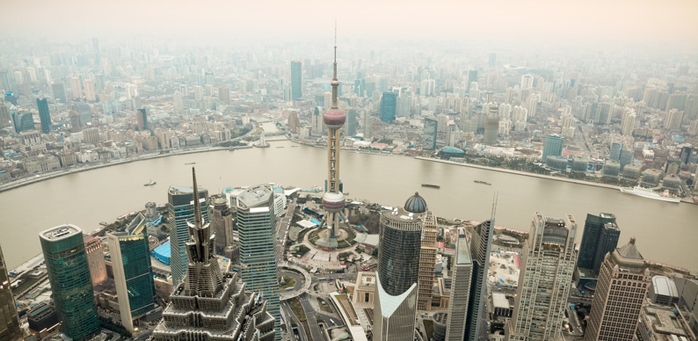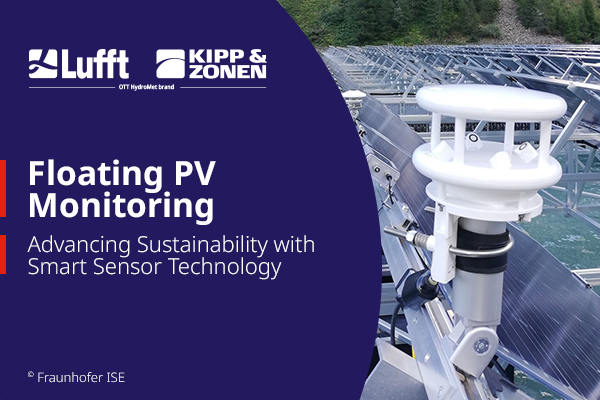Despite great efforts by governments worldwide, particulate pollution in the cities is growing. While car-free zones in Europe are supposed to minimize pollution and avoid traffic jams, more than ten million new cars a year in China have the opposite effect.
Photo-Credit: chungking by Fotolia.com
Despite great efforts by governments worldwide, particulate pollution in the cities is growing. While car-free zones in Europe are supposed to minimize pollution and avoid traffic jams, more than ten million new cars a year in China have the opposite effect. Although the Chinese government is also trying to fight the inevitable stop-and-go traffic in cities such as Beijing or Shanghai, the growing prosperity creates an increasing demand for cars.
Learning from mistakes
The result of an uncontrolled traffic concept could be seen in the capitals of the Four Asian Tigers or Thailand. Centers like Bangkok were suffering from severe air pollution during the booming years of the 1990’s. It was nearly impossible to leave the house without a breathing aid or protection. Grey clouds of fine dust were covering the city like a cheese bell. It made breathing a torment and showed that, next to the positive effects of growing prosperity, this was a very harmful side effect.
The cosy fire, the poor air
But not only cars and trucks pollute the environment with fine dust particles. Danger also comes from a very cosy heat source: the fireplace. While one has made oneself comfortable in front of the fire, smallest pieces of particulate matter fly up the chimney and pollute the air we breathe. Particulate matter and other harmful substances are released from incomplete combustion – espe-cially when too little oxygen for the combustion process is available. Even newer furnaces do not necessarily guarantee enough oxygen for a fluent buoyancy.
LUFFT measures what is invisible to the naked eye
The first step in improving the air quality is to identify the damage and the source of damage accurately. So what is the impact of particulate matter and where do they come from? Lufft offers the compact weather stations WS500-UMB and WS600-UMB as components for such applications. The WS600-UMB is used by the Federal Environment Agency as a component of a system, that measures lengths of ultra-fine dust. In the town of Langen near Frankfurt different metrics of particulate matter (number, number of surface particle size spectra) were examined. They also have to measure different gases (typically NOx, SO2) and meteorological values. The meteorological datas become integrated in the complete system with the compact weather station from Lufft. With this application the fine dust could be assigned to different groups. The distribution of particle sizes provides important clues to the sources of ultra-fine particles. Therefore Lufft actively helps to find ways to improve air quality.
Additional links:
» Reference – Company Grimm
» Reference – Company Palas and Federal Environment Agency, Langen




